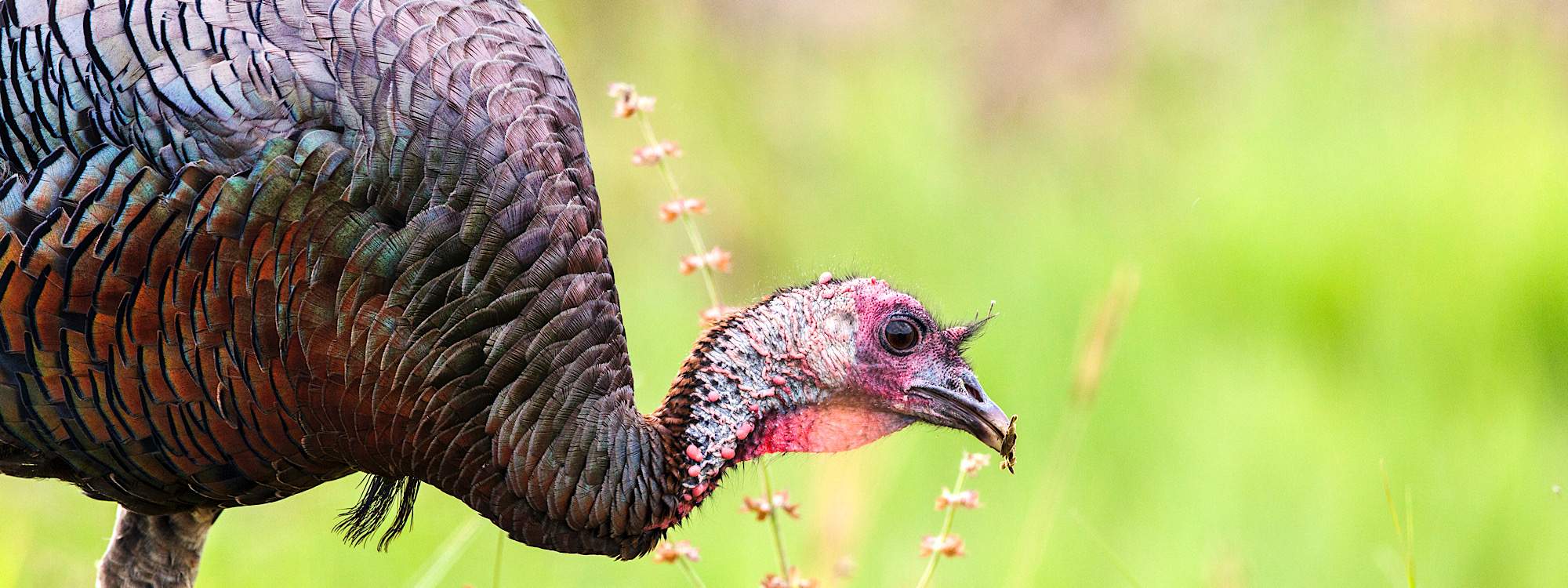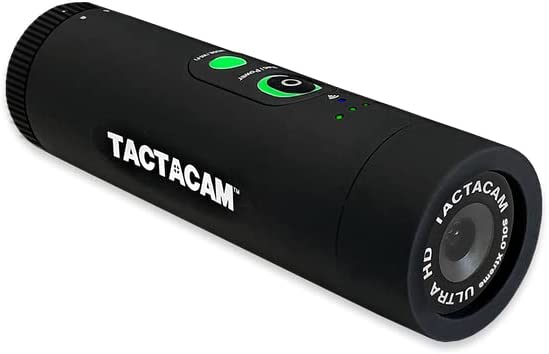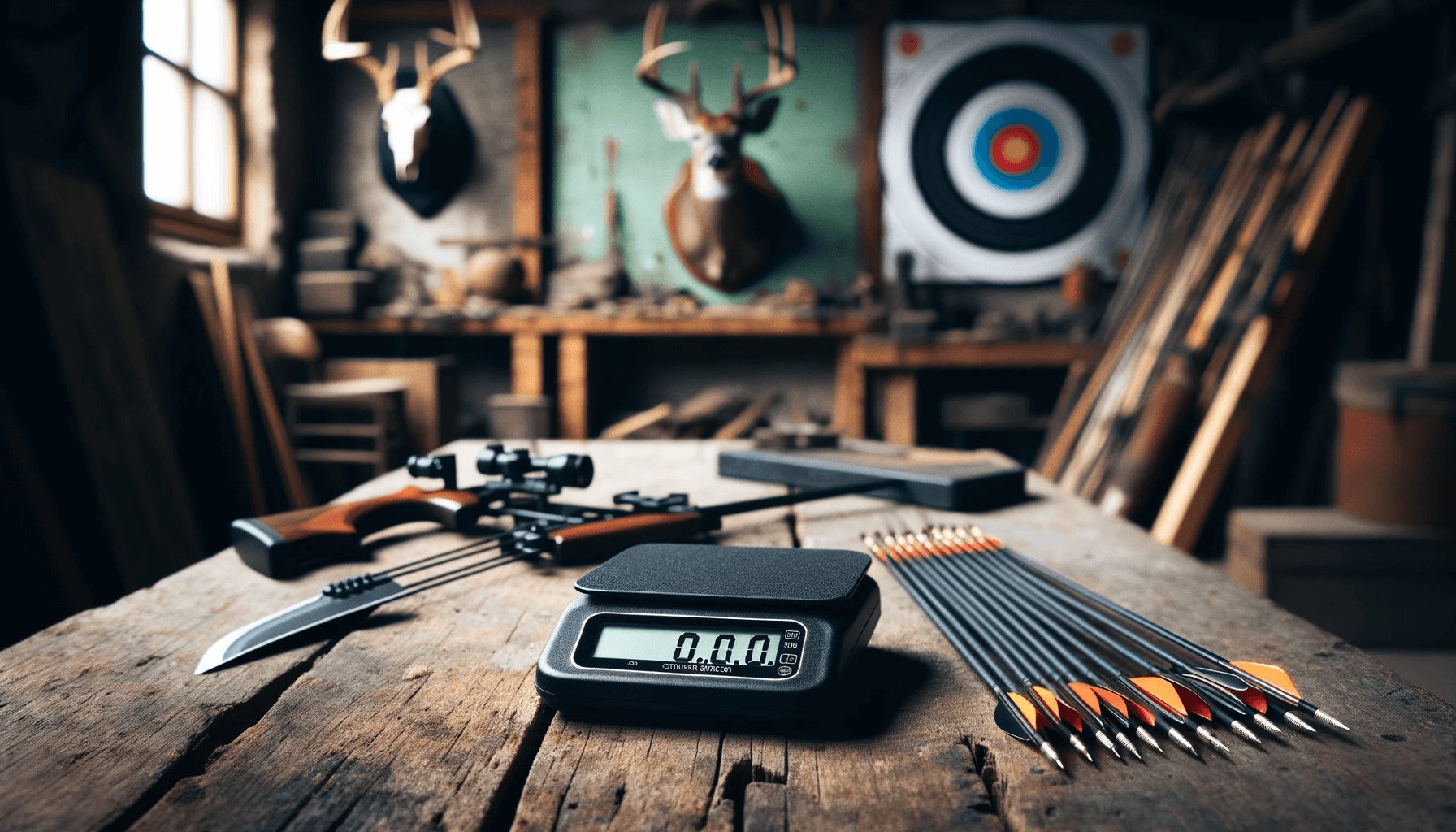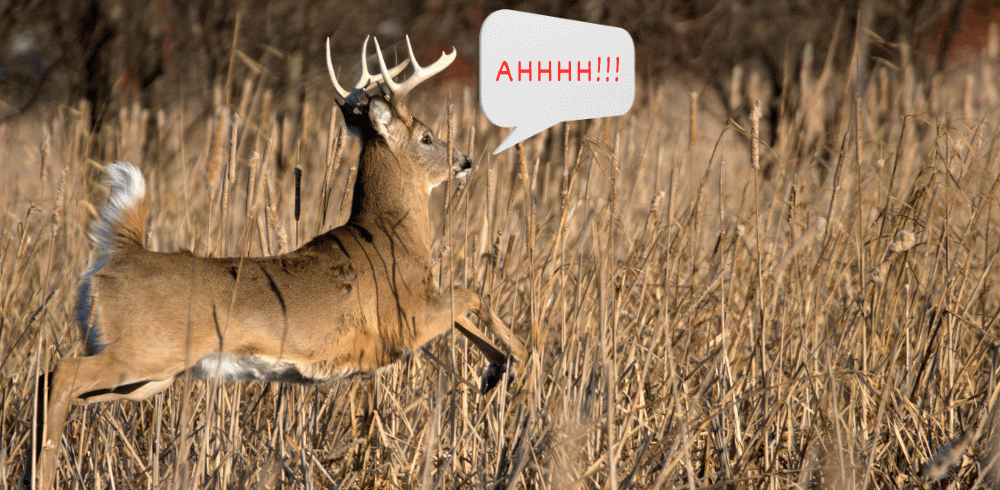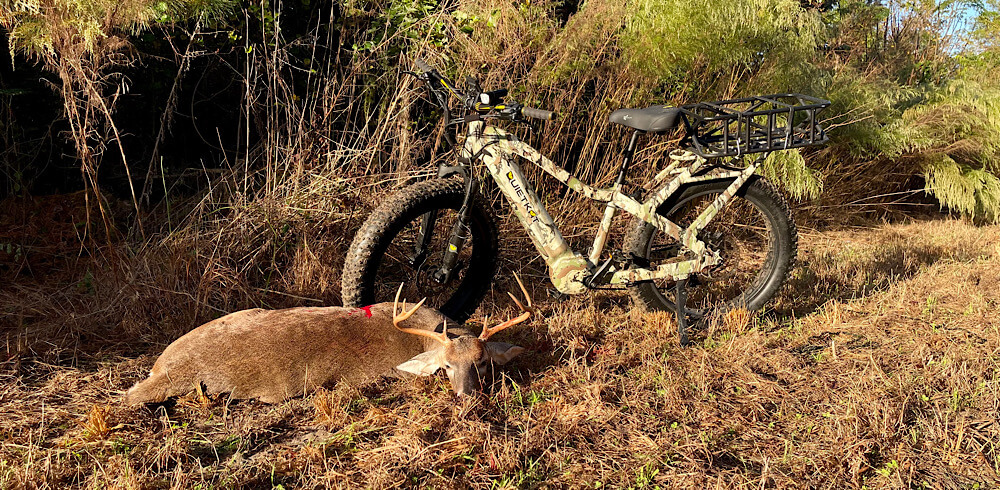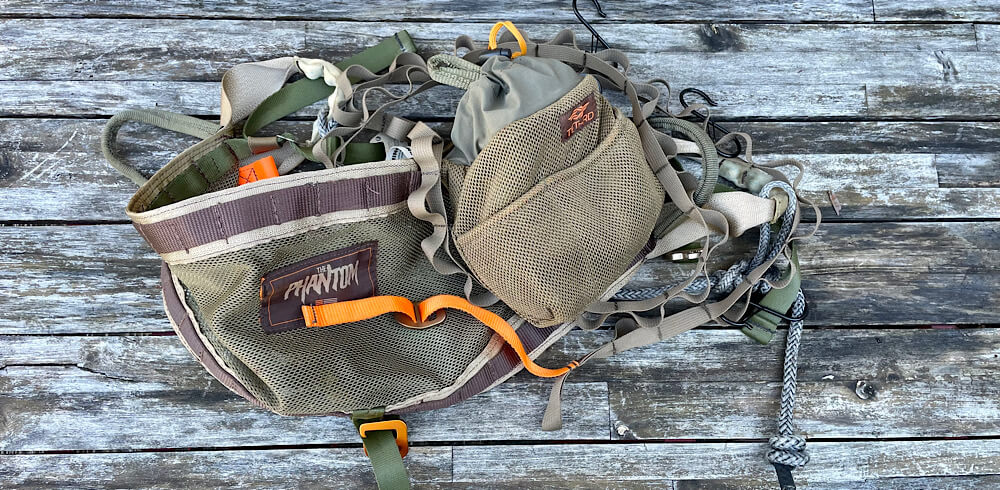How To Have The Best Season Of Your Career
Last spring, I had the most amazing season of my turkey hunting career, seeing more longbeards than most people would believe, having more shot opportunities than I could believe, and taking two nice birds with my bow. One of which I was able to share with my then-6-year-old son, Cohen. I also took one with my late grandfather’s .410 double-barrel for sentimental reasons.
It took a lot of preparation to have the season I had. I only hunted 5 days total to have that level of success, and two of those days were on public land where I had gobblers within 200 to 300 hundred yards of me for the majority of one of those mornings. The other three hunts were on my dad’s 500 acres. Three days on the farm, three longbeards in the truck. Is that typical? No. Typically I need a handful of hunts to bag a longbeard. So, what was different about last season? What caused my hunt-to-harvest ratio to rise so drastically? Two words – pre-season prep.
Pre-Season Prep
If your turkey season starts the first day you can legally tag a bird, you’ll have your work cut out for you, and you’ll be starting out at least a step or two behind. You need to start thinking about turkey season months in advance, especially if hunting public land. If you are hunting public, you need to be right on top of a longbeard opening day because you’re not just competing against that turkey’s will to survive, but against other hunters as well. Opening day is your absolute best chance of tagging one on public land. Once the first week of the season passes, those birds become wise to the calling, the decoying, and the pressure, necessitating a change in strategy. There are exceptions to this, however, but it involves finding birds that are far from the beaten path who don’t see nearly as much pressure.
Now, you don’t necessarily need to be out there scouting just yet, but if you’re starting out fresh on an unfamiliar piece of property, or you’re new to turkey hunting, it definitely wouldn’t hurt to do a little scouting for birds and sign (scratchings and scat) a few times around six to eight weeks prior to opening day. That way, you’ll have figured out a good starting point to really hone in on as the opener draws near. Also, you’ll be far enough out that if you strike out on your first few outings, you’ll still have time to locate a longbeard before the season opener.
If you’re hunting private land, however, as long as there are turkeys on the property – or nearby – your odds of success are much higher than hunting on public, given you don’t run them off with too much pressure. But don’t kid yourself. Tagging a longbeard isn’t easy no matter where you hunt. You still have to do everything just right to get within bow range of a bird. That’s where pre-season prep comes in. There are several things to consider when prepping for the spring, with some applying specifically to private land and others being applicable on public as well. The first of which cannot be overstated.
Scout
Yeah, yeah, yeah. I know you’ve probably heard it before, and there’s good reason for that. It increases your odds more than anything else. It doesn’t matter how much you know about turkeys, how great your gear is, or how good you are with that diaphragm. If there are no turkeys around, you’ll be driving home the same way you came – with an empty truck bed. You have to know where the turkeys are. Let me say that again. You have to know where the turkeys are. The only way to do that is by scouting. Get out there early, right before the woods go from black to gray, and just listen.
During the winter months, you won’t hear nearly as much gobbling, if any, but you could hear plenty of yelping if you locate a roosted flock. If you don’t hear anything early, or can’t get out in time, lace up and enjoy the woods as you walk through open timber and/or fields, in search of tracks, poop, and scratchings.
Look for tracks as you walk down dirt roads or muddy areas. Turkey tracks are easily recognizable, with toms having a longer middle toe. Gobblers not only leave their calling card in their tracks, but in their poop as well. Due to the differences in anatomy between a gobbler and a hen, their respective poops comes out differently. A longbeard’s comes out longer and often with a slight j-hook at the end, while a hen’s comes out in a shorter, clumped up nugget. But don’t get too caught up in whether or not you’re looking at tom or hen scat. In the spring, where there are hens, there will likely be gobblers close by, so any area littered with scat is worth marking on onX.
Scratchings can be just about anywhere. Turkeys eat a variety of food types, from seeds and acorns to worms and snakes, so be on the lookout for scratchings under pines and oaks alike. It’s often easier to spot scratchings under pines due to the fact that chunks of pine needles will be scraped away from the ground in a noticeable way. Don’t be caught planning your ambush around squirrel sign, though. If you’re new to turkey hunting, it can be hard to tell the difference at first. A little practice goes a long way. Typically, golfball size holes indicate a squirrels presence, while swaths of pine straw needles pushed aside indicate turkeys. One of the best ways to learn the difference is to investigate after you’ve spotted turkeys and they leave the area. Simply walk over and look at the ground where they were feeding. Because turkeys love to feed on the move, once you spot scratchings, you’ll likely have a good idea where they came from and where they headed based on the trail they leave behind.
Now, one more tidbit about scouting. The absolute best way to get on turkeys right off the roost is by locating them just before sunset the evening before. Where they are just before they roost is where they’re likely to be when they fly down the next morning. So, if you can stealthily spot them feeding from a distance just before sunset, wait for them to fly up and the sun to set, back out of there quietly, and prepare for a spectacular sighting the following morning.
Again, I can’t stress enough the importance of pre-season scouting. You can locate a flock now if you’d like, but you definitely want to get in a few outings and relocate that flock – or if they’ve moved, another flock – 2-4 weeks before the season. Do that, and you’ll likely have the opportunity you’ve been dreaming about since last season.
Work On Calling Now
The time to work on sounding like a hen isn’t the week before the season. Calling well takes a decent amount of practice. Cutting, yelping, soft clucks, purring – it needs to be second nature by the time the opener rolls around. Aside from sitting right on a roost, calling is the number one tactic for getting 20 yards out from a gobbler. If you’re new to the sport, I’d suggest starting with a friction call. The box call is by far the easiest of the three main types, but I don’t find them to sound as natural as a friction or diaphragm. This is debatable, I know. In any case, with practice, the friction call is relatively easy to use.
If calling comes naturally to you or you’ve been calling for years, make sure to become proficient with several calls. You never know which one is going to strike the right chord with a distant tom. Some days, it might be your Knight & Hale slate call. Other days, it might be your Woodhaven diaphragm. One tactic I like to use is cutting on a Woodhaven diaphragm, while simultaneously yelping on a friction call. It gives the illusion that there are at least two hens together, both sounding uniquely different. Don’t worry so much about the number of calls you have, though. The main takeaway is to be proficient. Being good with one call is better than being mediocre with five.
The best way to become a good turkey caller is to observe turkeys in the wild or even search “turkey sounds” on YouTube, listening to not only the different sounds they make, but more importantly, the different volumes at which they make those sounds. How well you can imitate not only the sounds, but the correct volume, will directly impact your success rate. Two of my birds from this past season make great case studies. Both hunts had me cold-calling – yelping loudly to draw the attention of distant birds. It worked in both cases, but once I had them within 60 yards, staring at my two hen decoys, I had to change my approach. Had I called at the same volume, the jig would have been up. Turkeys know how turkeys sound. Most of the sounds that hens make when feeding peacefully aren’t very loud at all, so I had to call quietly, which isn’t always easy. That’s where practice comes in. In both cases, the longbeard hung up at a distance, full-strut, for quite a while. They both were intrigued by the decoys, but decoys don’t move. A longbeard will often just sit back and strut, waiting for some type of indicator of life from a decoy before they commit, which is exactly what mine did. All it took was a few very soft clucks and purrs to get them to close the distance. Both birds were right next to the decoys – about 12-15 yards in front of me – when I took the shot. Had I not practiced calling softly, I likely would have lost the opportunity with both birds.
So, practice with the call type that you’re most comfortable with. Become skilled at calling loudly, but more importantly, calling softly. Once you’re very comfortable with that call, move on to a different call type and repeat. That way, you’ll have more than one “hen” in your pocket, increasing your odds of saying just what that tom wants to hear.
Practice Like You Hunt
We all know we need to practice shooting, but knowing how to practice makes all the difference come turkey season. Yes, we know we need to shoot using proper form and a good shot sequence ending with a surprise release. But is that enough? Not hardly. Will you be standing, your body facing 60 degrees from a tom this spring? If you get to that point, please let me know so that I can highlight you in an article for being the best turkey hunter who has ever lived. More than likely, you’ll be sitting low or on your knees, full-drawn for much longer than you’d like, with your body contorted in a way that is going to leave you sore for days before having the opportunity to release. Can we replicate that in our practice? Maybe not, but we can get a lot closer than perfect conditions, for sure.
Last year, as soon as deer season concluded, I practiced almost exclusively on my knees through the end of turkey season. On opening day, I had been hunting for 10 hours, mostly on my knees, before I finally had the chance to shoot at a longbeard that was 36 yards away. I was exhausted and sore beyond belief from a day spent in abnormal positions. But the practice paid off as I mustered up the strength to slowly draw back and release at what would eventually be a nice mount on my bedroom wall. Now, we don’t have to beat ourselves up in preparation, but easy practice doesn’t quite do justice to what we go through when we finally get to showtime. If shooting at a longbeard is a little tiring and difficult, our practice should somewhat replicate that.
Sometimes, the best preparation for the real thing is . . . wait for it . . . the real thing. See this article on honing your skills with small game to incorporate the intensity of releasing at a live target into your preparation.
The List Goes On And On
This has, by no means, been an exhaustive list of preparation strategies. Of course, there are many other topics that we simply don’t have the time to dive into within the confines of this article, such as planting chufa, where and when legal, to draw in and keep turkeys on your private property. We’ll get to that in a future article. This was meant to serve as a good foundation to build some excitement and display the need for pre-season prep. If you follow these proven tips, you’ll be much more likely to be grinning ear-to-ear on opening day or not long after. Good luck out there and God bless!

